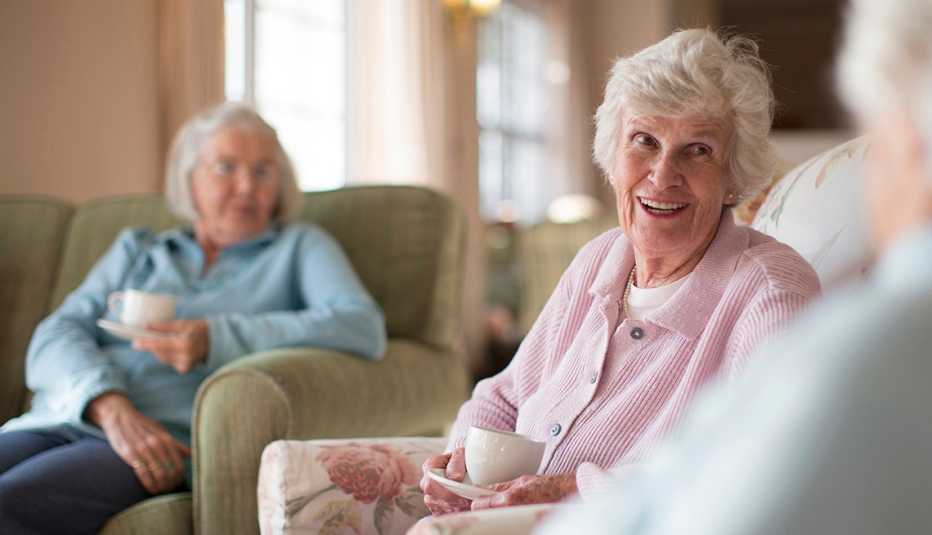Staying Fit


Like many women aging alone, Eileen Kobrin worried that an accident could compromise her independence. Then, two years ago at age 71, the New Yorker fell while on vacation, breaking her left ankle, and her Caring Collaborative network sprang into action.
One member recommended an ankle surgeon at the nearby Hospital for Special Surgery who operated successfully. Others brought over a wheelchair, a bath chair and an elevated toilet seat after Kobrin returned to her apartment with instructions to stay off her feet for several months. “It was a tremendous outpouring of support — one of the most wonderful experiences of my life,” she said.


AARP Membership— $12 for your first year when you sign up for Automatic Renewal
Get instant access to members-only products and hundreds of discounts, a free second membership, and a subscription to AARP the Magazine.
The Caring Collaborative — an innovative program that originated a decade ago in New York and has since spread to Philadelphia and San Francisco — brings older women together to help one another when short-term illness or disability strikes, addressing an all-too-often unmet need.
People who live alone, like most Caring Collaborative members, frequently worry about finding this kind of assistance. Across the U.S., 35 percent of women age 65 and older fall into this category. For women 75 and above, the number is even higher: 46 percent.
Once these women might have relied on nearby family, neighbors or churches for support. But today, families are dispersed, neighbors are often strangers and churches reach fewer people than in the past.
For more on caregiving, visit AARP's Care Guides.
The Caring Collaborative has three core elements: an information exchange, which members use to share information about medical conditions and medical providers; a service corps of women who volunteer to provide hands-on assistance to other members; and small neighborhood groups that meet monthly to talk about health topics and personal concerns.

































































More on caregiving
Aging in Place Made Easier
Technologies allow older adults to remain active and independent
Helping Older Adults Accept Caregiving Support at Home
Researchers identify four key reasons for reluctance and provide families with strategies to overcome themCaregiving Tools Get Smarter
Connected devices that fuse health, technology and information may soon become commonplace